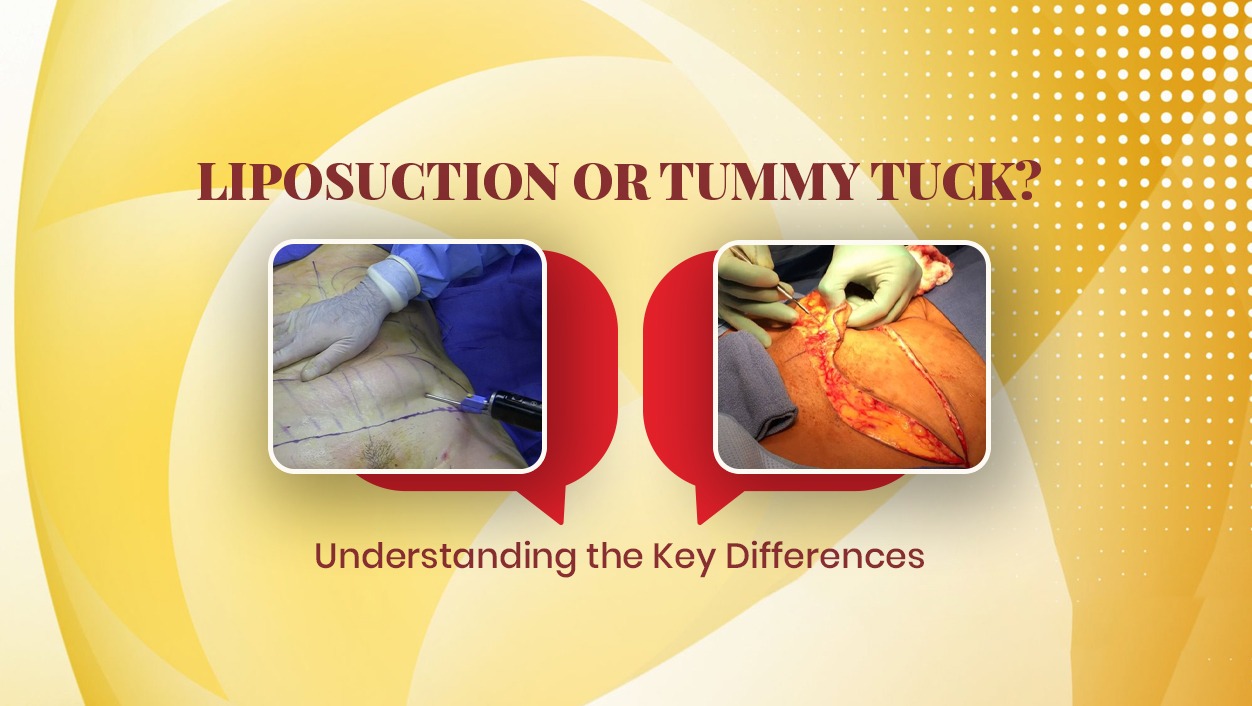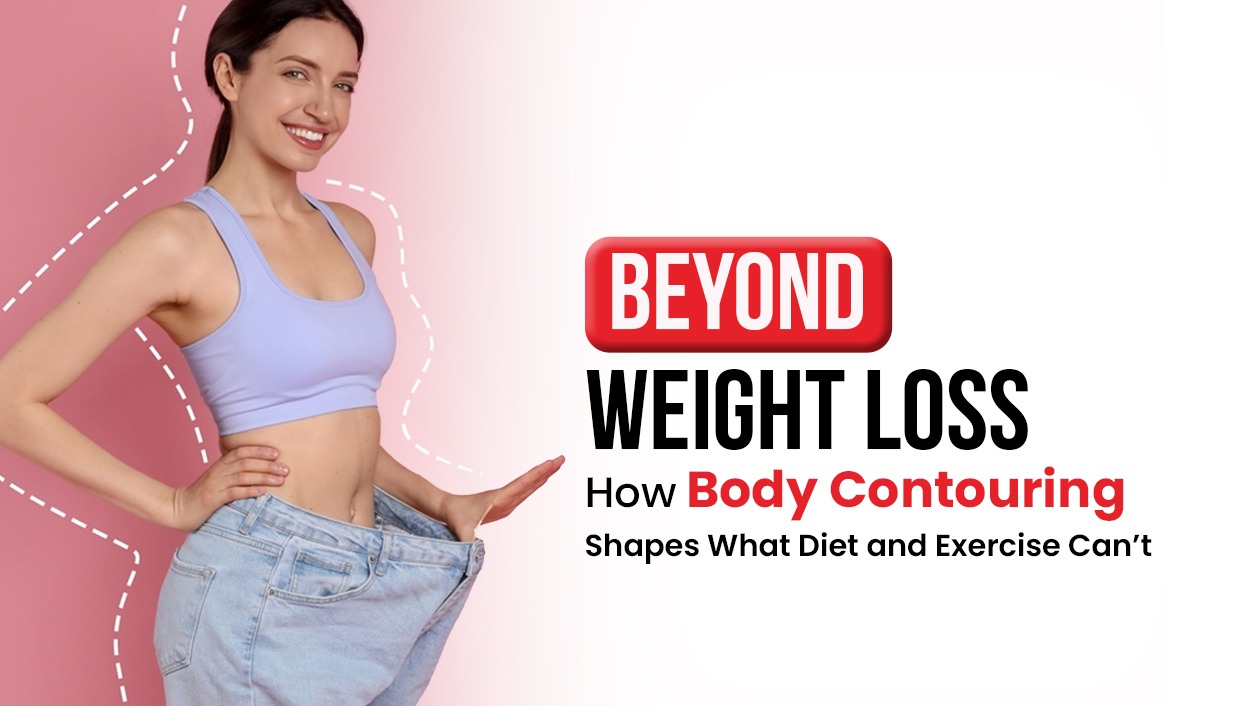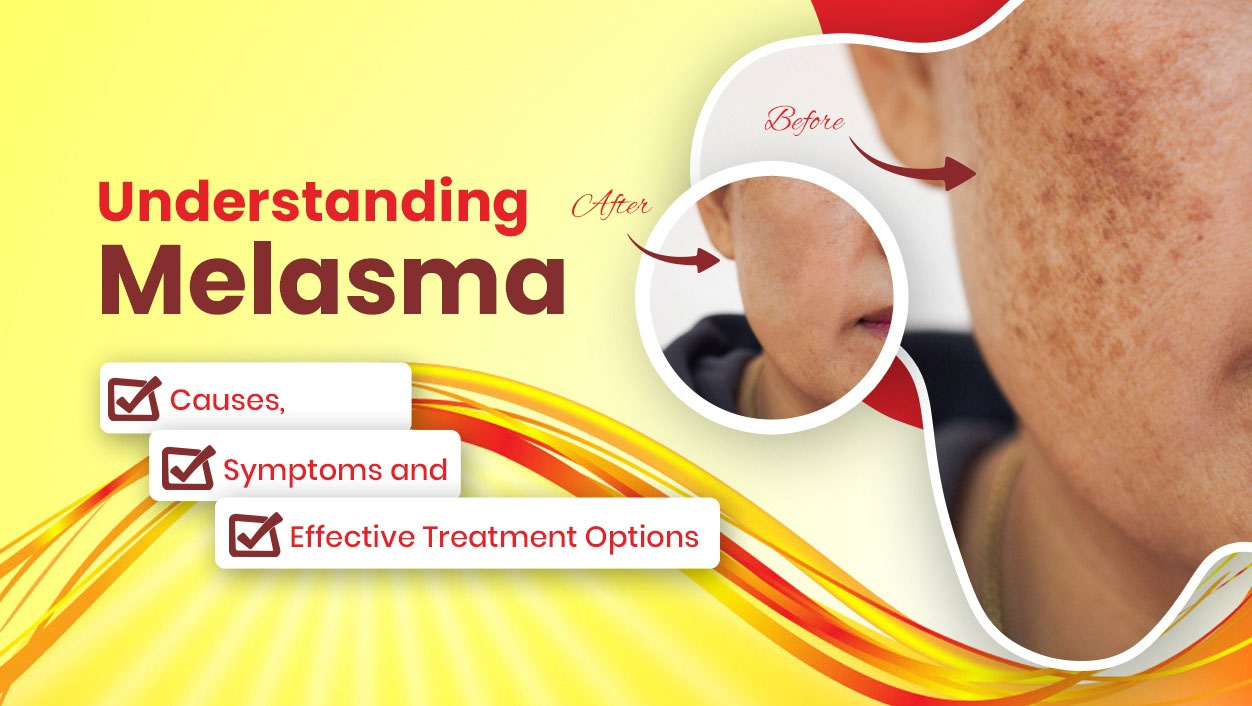Blog Details

Liposuction or Tummy Tuck? Understanding the Key Differences
When people walk in with concerns about stubborn belly fat or loose abdominal skin, one question often comes up: “Should I go for liposuction or a tummy tuck?” Ads often market these procedures as quick fixes for shaping the body. But the truth is more nuanced. Liposuction and tummy tuck (abdominoplasty) are two of the most frequently requested body contouring surgeries, yet they serve very different purposes. Confusing one for the other can lead to unrealistic expectations or choosing a surgery that doesn’t actually address the core issue. This guide is here to break things down clearly, so you can better understand what each procedure does, when it's recommended and what to consider before making a decision. Understanding the Procedures Liposuction Liposuction is a fat removal procedure designed to contour areas of the body where fat tends to accumulate and resist diet or exercise. It involves inserting a thin cannula under the skin to suck out fat deposits. Common areas include the abdomen, flanks, thighs, arms and chin. Liposuction is ideal for individuals with good skin elasticity and muscle tone. It does not address sagging skin or stretch marks, nor does it tighten underlying muscles. It is not a weight loss method, but rather a sculpting tool for refining body shape. Tummy Tuck A tummy tuck, or abdominoplasty, is a more extensive surgical procedure that removes excess skin and fat from the abdomen and tightens weakened or separated abdominal muscles. It’s commonly recommended for people who have experienced significant weight loss or women post-pregnancy. In many cases, especially when there's a concurrent umbilical or ventral hernia, the surgeon evaluates the abdominal wall and may place a mesh to reinforce it. This functional benefit adds to the cosmetic improvement. The incision typically runs from hip to hip, just above the pubic area, allowing access to the entire abdominal wall. The navel is usually repositioned. Unlike liposuction, a tummy tuck addresses both aesthetic and functional concerns by repairing diastasis recti (muscle separation). 1.Purpose: Liposuction targets isolated fat pockets and contours the body. A tummy tuck addresses excess skin, fat and muscle laxity in the abdominal region. 2.Recovery Time: Liposuction typically involves less downtime, with many patients resuming daily activities within a few days. A tummy tuck requires a longer recovery (2–4 weeks minimum), especially when muscle repair is involved. 3.Scarring: Liposuction leaves minimal scarring (small incisions at access points). A tummy tuck involves a longer, more visible scar that fades over time but remains permanent. 4. Skin Tightening: In liposuction, the fat is removed but the skin is left untouched. If the skin has good elasticity and tone, it naturally retracts after fat removal, helping improve shape to some extent. In a tummy tuck, both excess fat and sagging skin are surgically removed, which allows for more direct and noticeable tightening of the abdominal area. 5.Muscle Involvement: Liposuction does not alter muscle structure. A tummy tuck includes tightening of abdominal muscles, restoring core strength and posture. In many cases, the best results come from combining both procedures. This allows for fat removal via liposuction and excess skin tightening plus muscle repair via a tummy tuck. The approach depends on the patient’s anatomy and goals. When done together, the body achieves a smoother, flatter contour and better long-term outcomes. Important Considerations Before Surgery Realistic Expectations: These are body contouring procedures, not substitutes for weight loss or fitness. Health Status: Ideal candidates are in good general health, without chronic conditions that can complicate healing. Timing: If you're planning future pregnancies or major weight changes, it may be best to postpone surgery. Downtime: Plan time off work and help at home, especially after a tummy tuck. Surgeon Selection: Choose a board-certified plastic surgeon with experience in body contouring — skill, planning and execution make all the difference. Conclusion Deciding between liposuction and a tummy tuck starts with understanding what each can and cannot do. Both procedures can yield dramatic results when chosen and performed appropriately. The right option depends on your anatomy, goals and long-term plans. The safest path? Always a customised approach. Contact us for personalized care 1.Can I lose weight through liposuction or a tummy tuck? Neither procedure is a weight-loss solution. They're designed for contouring, not slimming down overall. 2.Will the results be permanent? Yes, as long as you maintain a stable weight. Fat cells removed during liposuction do not return and the repaired muscles from a tummy tuck can hold shape unless strained again. 3.How painful is recovery from these procedures? Liposuction has a shorter, less intense recovery. Tummy tuck recovery involves more discomfort due to deeper tissue healing but is manageable with medication and rest. 4.Can liposuction tighten loose skin? No. Liposuction only removes fat. Loose or stretched skin will likely worsen unless combined with a skin tightening procedure like a tummy tuck. 5.What are the risks involved? Risks include infection, asymmetry, fluid build-up and scarring. When performed by an experienced surgeon in a sterile setting, complications are rare and manageable. 6.How soon can I see results? Liposuction results become visible within a few weeks. Tummy tuck outcomes take a bit longer due to swelling, but the core changes are noticeable within 2–3 months. 7.Will I have visible scars after a tummy tuck? Yes, the procedure typically leaves a horizontal scar along the lower abdomen, which is usually concealed within underwear or swimwear lines. 8.Can I get pregnant after a tummy tuck? Yes, but it’s generally advised to complete your family before undergoing the procedure, as pregnancy can undo the surgical results.Key Differences Between Liposuction and Tummy Tuck
Combining Liposuction and Tummy Tuck
Frequently Asked Questions (FAQs)












